Could zapping the brain with electricity make hard efforts feel easier? We found out
In the never-ending quest for marginal gains, one WorldTour team has resorted to techniques straight from the pages of science fiction. Trevor Ward set off for the Alps to find out the truth
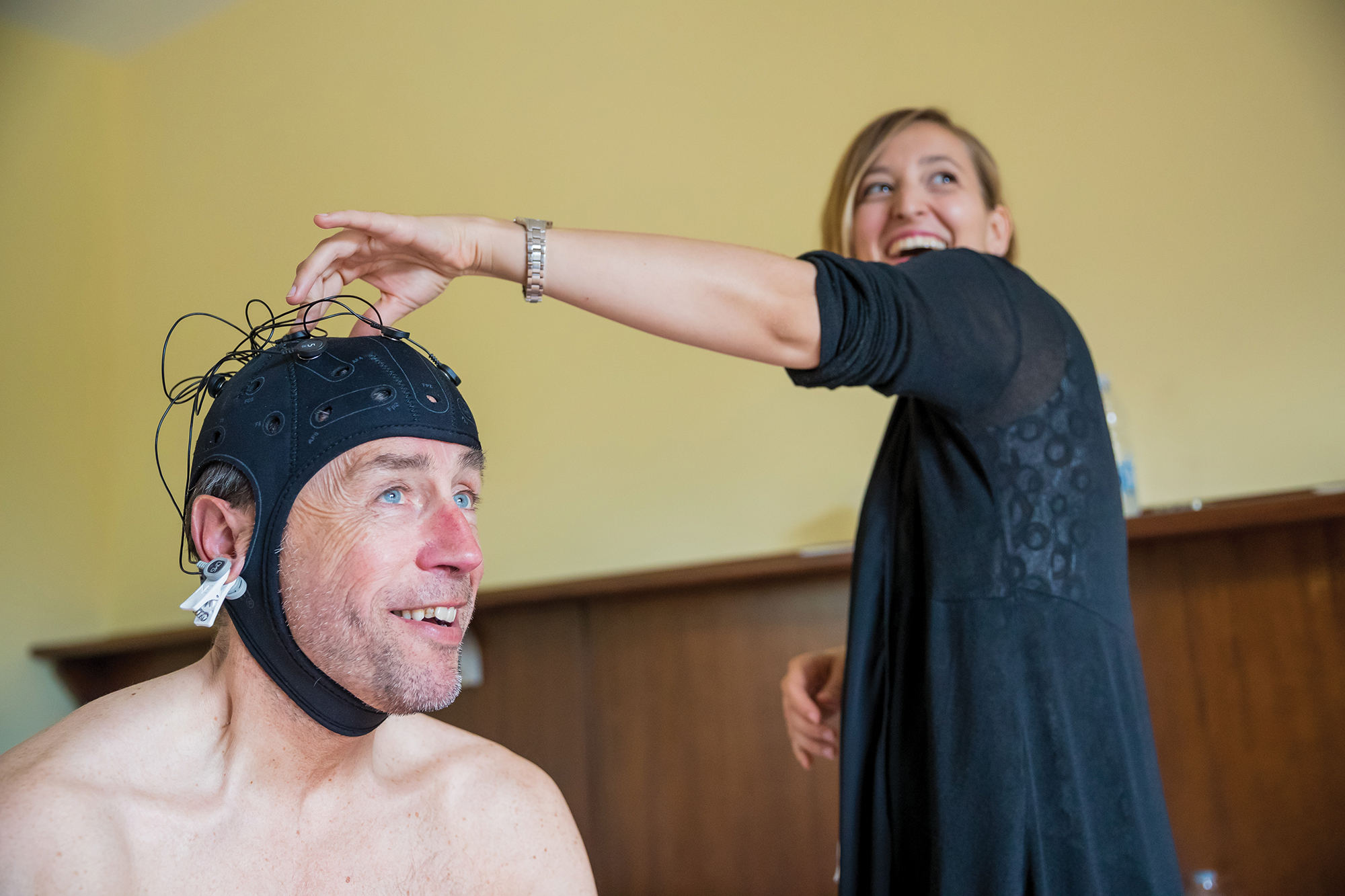
One flew over the Finestre? (Eduardo Melchiori)
In the never-ending quest for marginal gains, one WorldTour team has resorted to techniques straight from the pages of science fiction. Selected riders from Team Bahrain-Merida have been having their brains zapped with electrical currents in a procedure known as transcranial direct current stimulation (tDCS).
The team claims the procedure has already achieved results. Domenico Pozzovivo used it at this year’s Tour de Suisse, where he finished seventh overall, and at last year’s Giro, where the 35-year-old equalled his best ever Grand Tour performance by finishing fifth.
>>> Subscriptions deals for Cycling Weekly magazine
"Normally with pro riders, all they are thinking about is their weight and diet, but Pozzovivo and [Matej] Mohorič wanted to know more about this type of treatment, especially Domenico who has a degree in sports science," says Bahrain-Merida business manager Alex Carrera. Does Vincenzo Nibali use the treatment too? "No, he said he doesn’t trust the machines."
The ‘machines’ cost around £9,000 each, consist of a neoprene skullcap with a small electrical unit and up to 20 electrodes attached to it, and belong to the Istituto delle Riabilitazion Riba (IRR) of Turin, Bahrain-Merida’s official sports clinic.
The treatment is all about accessing various parts of the brain and its neurons, which sounded to me worryingly like a cross between Frankenstein and One Flew Over The Cuckoo’s Nest. But when IRR invited me to join a group of guinea pigs for a week of riding and neurostimulation in the Italian/French Alps, curiosity outweighed my doubts and before I knew it, I was on a plane to Turin.
The science bit
Get The Leadout Newsletter
The latest race content, interviews, features, reviews and expert buying guides, direct to your inbox!
In a nutshell, tDCS targets specific areas of the brain responsible for certain functions and zaps them with a low electrical charge — “safe enough even for young children,” says the consent form I’m asked to sign. By zapping the right areas, neurons can be stimulated into states of “excitability” and improve the communication between parts of the brain and the body. If applied regularly, says IRR’s promotional material, the benefits can be long-term “because of changes that can be made to the brain’s neural connections.”
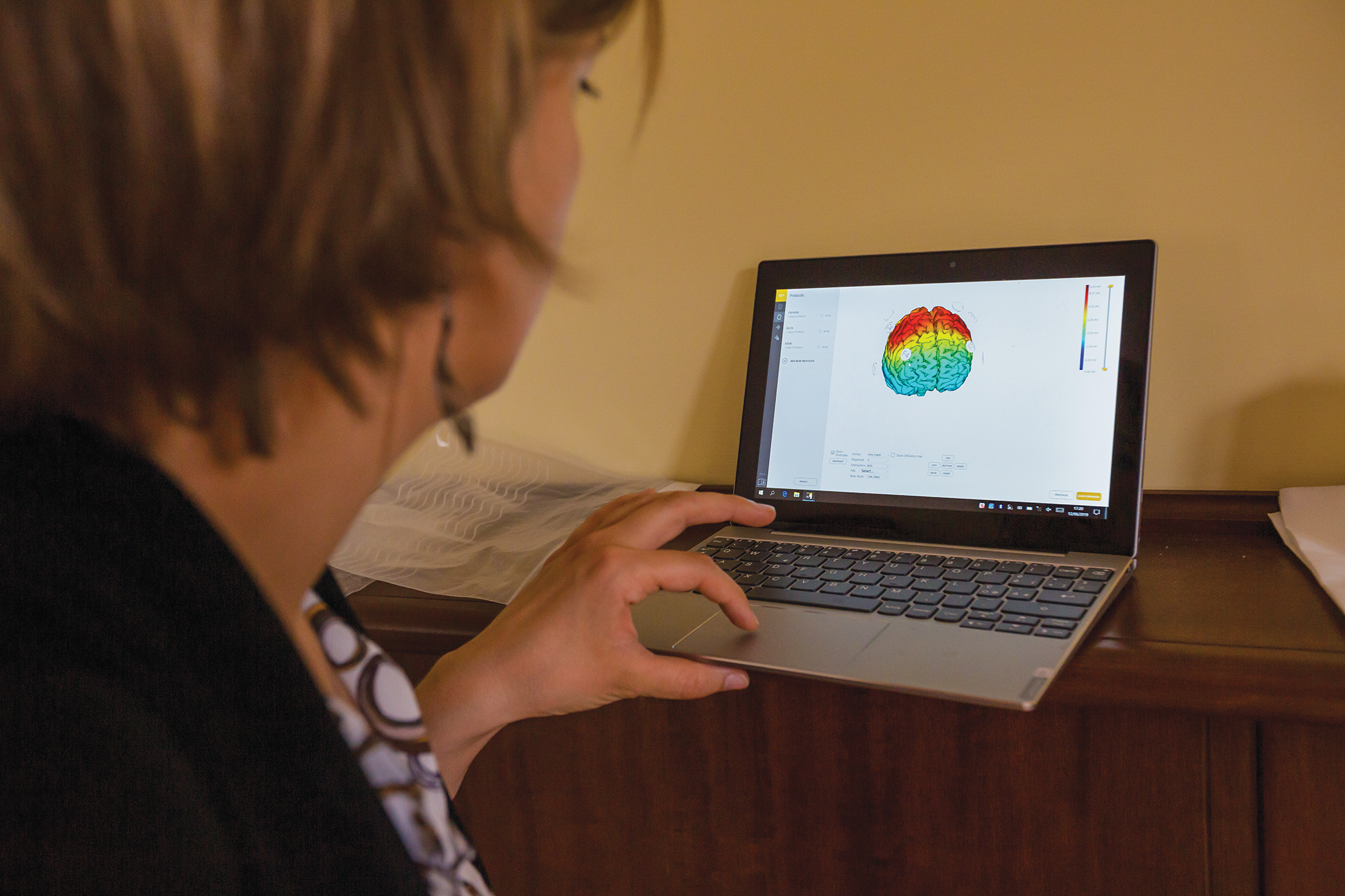
Though brain stimulation can be traced back to the ancient Greeks - they used electric rays (fish) to treat arthritis - it has only become popular in the last few decades for uses ranging from treating stroke victims and addicts to improving mental functions such as memory and learning. Its recent application in elite sport has been a natural progression in the quest for marginal gains.
As Dr Elisabetta Geda, the neuro-psychologist currently connecting electrodes to various parts of my head, puts it: “It’s not a performance-enhancing drug that will make you superhuman. It’s something where you’re changing or strengthening neural connections in your brain to aid your training. Every brain is unique and will respond differently. You may not ride faster, but maybe you will be able to tolerate pain better.”
Geda is placing the electrodes in a specific pattern - “montage” - to target my dorsolateral prefrontal cortex, the part of my brain responsible for deciding just how much I’ll tolerate the signals of exhaustion being sent from my body. The theory is that stimulating this area will increase my ability to overcome fatigue, something I suspect I will be much in need of during the next few days when our route is scheduled to include the Finestre, Galibier, Izoard and Agnello mountain passes.
For now, I brace myself for something unpleasant as the last of the electrodes is applied. Instead, all I feel is the faintest prickling sensation that lasts just a few seconds (and is never felt again during the subsequent treatments).
Electricity in the air
Our first day of putting tDCS to the test starts ominously. Geda has met us under darkening skies in the shadow of Roman ruins in the town of Susa at the foot of the 18km climb to the Colle delle Finestre, featuring a final eight kilometres of gravel where Chris Froome launched his spectacular solo, 80km breakaway in stage 19 of last year’s Giro.
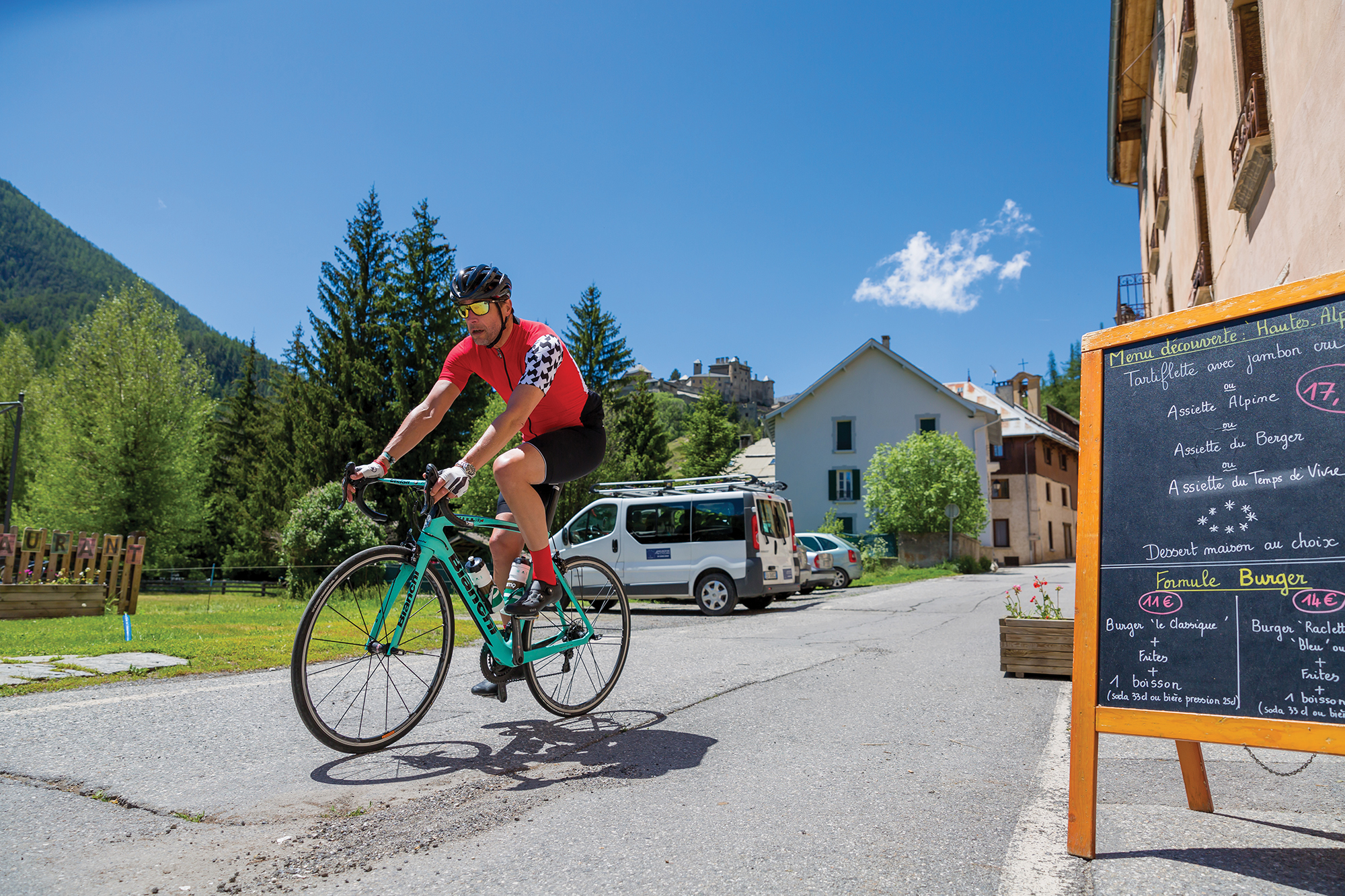
My fellow guinea pigs and I are being fitted with our skullcaps and electrodes when the first rumble of thunder is shortly followed by a flash of lightning. We run to the nearest cafe with Geda trailing in our wake and reassuring us that the electric current running through our heads will not make us any more vulnerable to a lightning strike. However, by the time we have finished our 20-minute session - “the optimal time before the brain starts asking, ‘What’s going on here?’” explains Geda - the storm is at its peak.
>>> Cycling Weekly is available on your Smart phone, tablet and desktop
It is 90 minutes before the rain eases off and we can start riding, by which time the effects of the pre-exertion stimulation have already worn off — it normally lasts around an hour. Therefore, it is unlikely that my eventual conquering of the Finestre’s relentlessly steep slopes and quagmire of rain-sodden gravel has anything to do with the enhanced firing of neurons between my prefrontal and primary motor cortexes.
The next day is even worse, with only one of us making it through the rain, wind, snow and sub-zero temperatures to the 2,642-metre summit of the Galibier. After climbing the Télégraphe in drizzle and zero visibility, I’m the second last to quit 10km from the top when a fierce headwind kicks up. Last man riding is Canadian Alex Hutchinson, a 63kg former elite middle distance runner and author of Endure, a 2018 New York Times bestseller about “the limits of human performance”.
Brain gains
The brain’s significance in endurance sports is not a new discovery. More than 100 years ago, Italian scientist Angelo Mosso confirmed that cognitive tasks could affect the body’s powers of endurance. The Central Governor Theory, formulated by sports scientist and ultra-marathon runner Tim Noakes in 1998, posits that your brain subconsciously sets limits on your body’s capabilities. And more recently, elite athletes have been taught by psychiatrists such as Steve Peters how to tame their “inner chimp” and conquer their mental demons.

Though the science of tDCS is slowly gaining credibility in the sporting world — several NBA, NFL and Major Baseball League stars, as well as ex-WorldTour rider Andrew Talansky, use a portable, headphones-style device called Halo Sport that retails for $399 — there are more lo-fi ways to tap into your potential.
“Changes in performance have been strongly correlated with changes in perception of effort,” says Luca Angius, of Northumbria University’s department of sport, exercise and rehabilitation. “When perceived effort is high, endurance performance is impaired - exercise feels harder. But when perception of effort is low, exercise feels easier and performance is improved.”
To reduce the perception of effort, scientists have resorted to a variety of cunning psychological ruses in laboratory tests. These have ranged from the use of subliminal images — cyclists shown 16-millisecond videos of happy faces rode for three minutes longer than those shown sad faces; positive self-talk — a group of riders who used phrases such as “feeling good!” and “push through this!” in their training lasted 18 per cent longer than the control group; and financial incentives — volunteers’ endurance magically doubled in a 1986 experiment when the “fee” rose from 0.2 francs per 20 seconds to 7.8 francs.
In one experiment at Northumbria University in 2012, males taking part in moderate-intensity running trials had a reduced perception of effort in the presence of a female member of staff.
“These studies highlight the complexity of performance regulation and the importance of psychological factors influencing perception of effort,” says Angius, adding ominously: “They also disproved the validity of the ‘central governor’, since if any subconscious regulator existed, none of these types of manipulation should be able to increase exercise duration.”
At the end of the next day’s ride — which thankfully sees us summit the Izoard and Agnello in glorious sunshine — Geda introduces another montage, this one targeting a different part of our brains, the primary motor cortex, with the aim of improving our recovery process. It’s administered at the same time as we are receiving our post-ride massage and again lasts for 20 minutes.
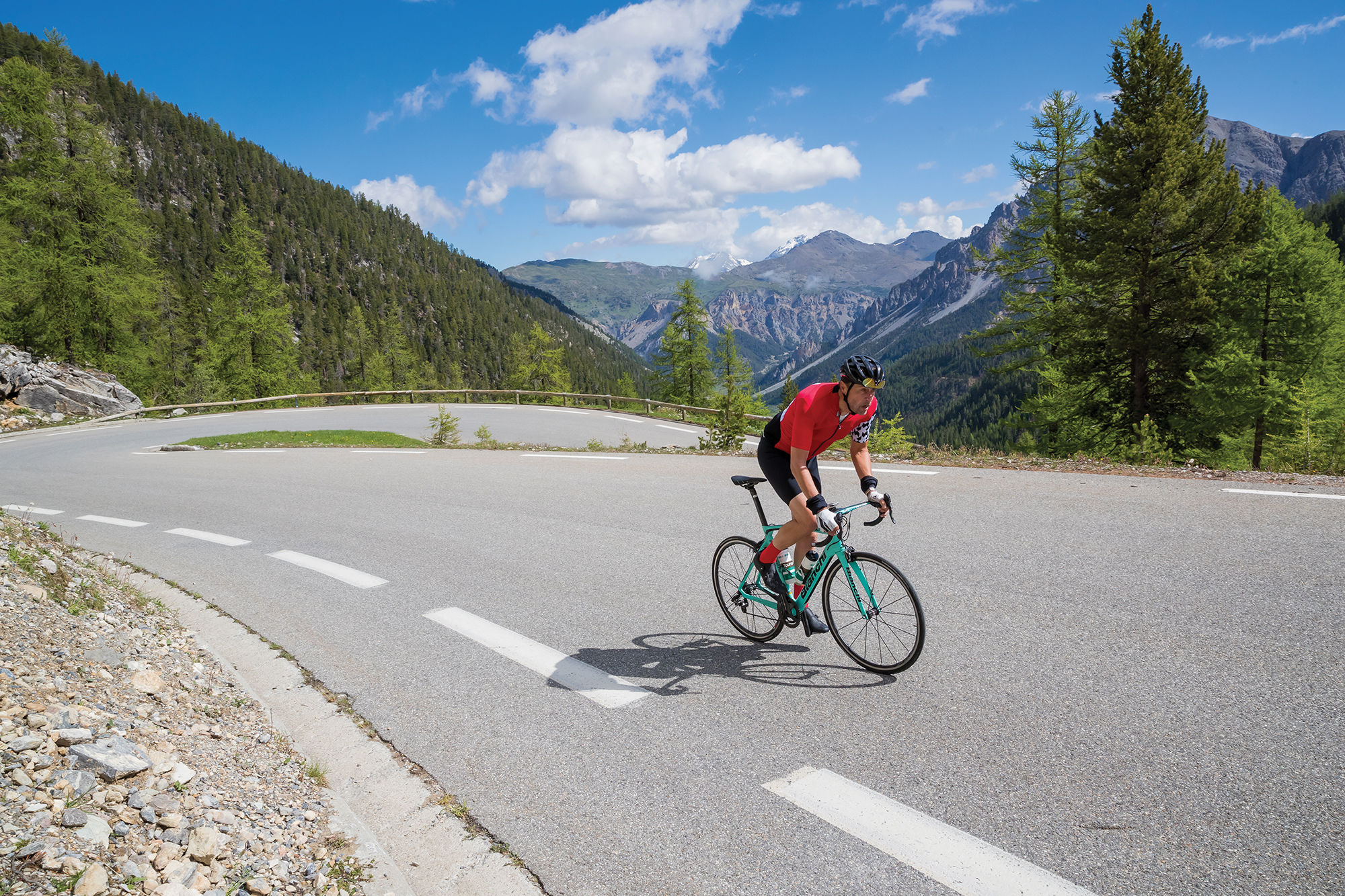
It’s a similar protocol to Domenico Pozzovivo’s during last year’s Giro and this year’s Tour de Suisse and should aid our sleep. We have a final big climb the next day, the Colle delle Sampeyre, so I’m hoping the treatment works. Alas, the town clock immediately across the road from our hotel ensures it doesn’t. So I get up early to answer some work emails, unaware this will have a potentially negative impact on my riding.
Only later do I discover that sports scientist Samuele Marcora has established that perceived exertion is increased by mental fatigue. In other words, doing a cognitive task such as homework or your accounts immediately before riding your bike will adversely affect your performance. Furthermore, Marcora’s experiments proved that cognitive tasks before exercise were just as debilitating as physical tasks — a 90-minute mental task had the exact same effect on a group of cyclists’ performance as doing 100 drop jumps from a height of 40cm.
Marcora, now the director of research at the University of Kent’s school of sport and exercise science, says the brain can be trained to resist mental fatigue, and is currently using his research to help ultra-distance cyclists be more resistant to sleep deprivation. He has encouraging words for the rest of us who’d merely like to be able to complete that race or sportive a little faster.
“When you stop because you feel there’s nothing left in the tank, the reality is that there is quite a lot of reserve,” he says. “If you cycle at 300 watts for as long as you can, the reality is that from a neuro-muscular perspective you are able to do much more than that. We reach a perceptual limit, but there are things you can do to tap into your physiological capacity a little more.”
Sadly, there is no magic bullet.
“Continuing to improve your physiological capacity through your regular training is still the most effective way. Everything you’ve been doing so far, keep doing it, it all has an effect.”
Thankfully there are a couple of tricks with proven benefits. “Two other things can help. First, caffeine. This has an effect on the brain and reduces perception of effort. Secondly, use some psychological techniques such as motivational self-talk, imagery and goal-setting. Learn how to deal with negative thoughts by replacing them with motivational, simple statements. You can convince yourself it’s not so bad.”
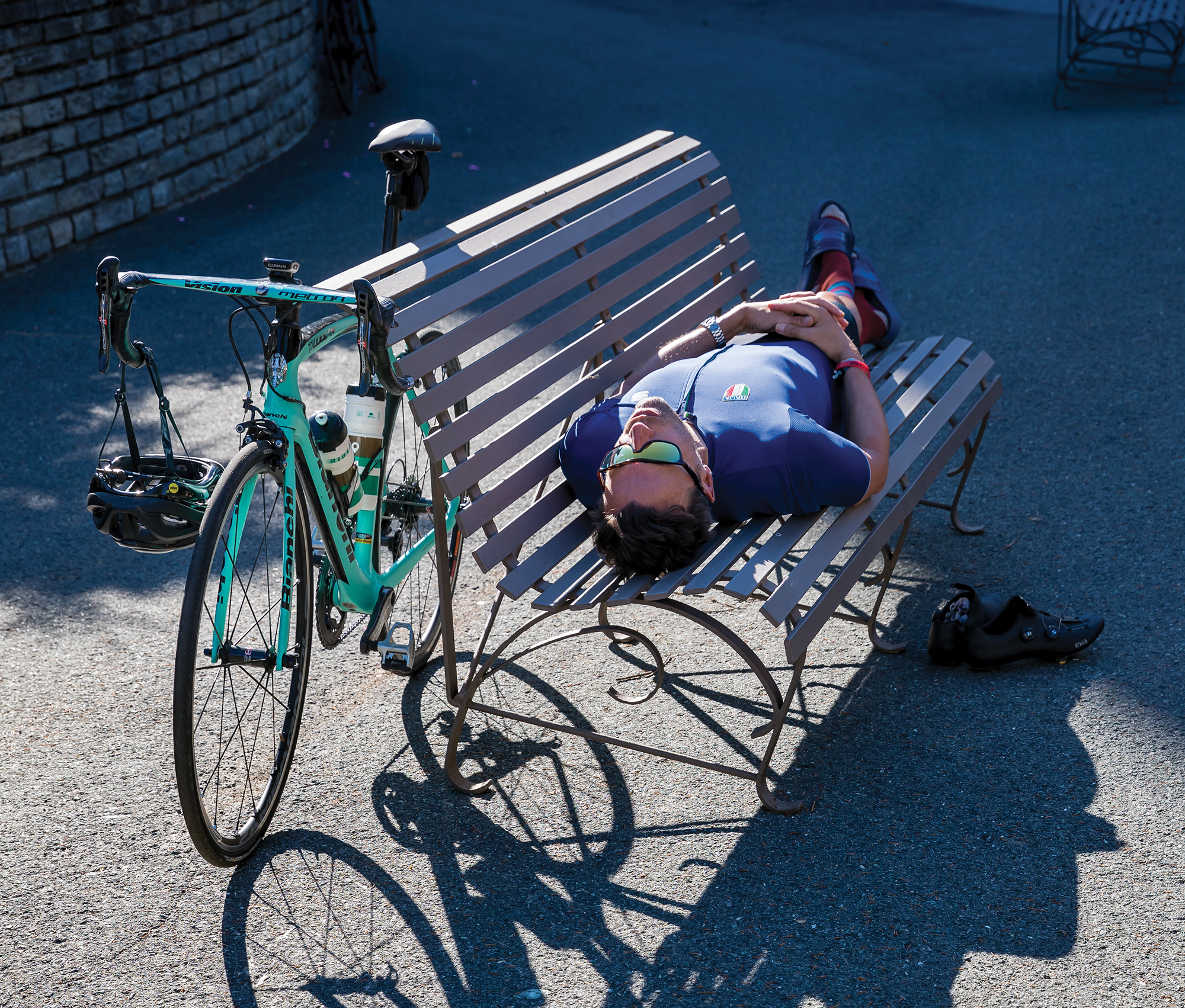
And what does Marcora make of tDCS? “Personally, I prefer the caffeine and self-talk, which aren’t considered doping — whereas tDCS may be in the future!”
Isn’t there a risk in ignoring what you perceive to be close-to-your-limit exertions? “In all the studies we’ve done, whether using tDCS, caffeine or self-talk, no negative effects have been reported. Perceived effort is measured on the Borg Scale from six to 20, and by using these techniques we are changing perceptions by just one point.
It’s not like a big change from hard effort to light, it’s just enough to improve your performance in a significant way.”
Mind over mountain
During the 15km climb up to the Colle delle Sempeyre’s 2,284m summit, I am trying to decipher the signals from my body. I’ve learned about parts of my brain I never previously knew even existed and am trying to see if I can put this knowledge to good use, and distinguish between my real and perceived suffering.
But I’ve dropped off the back of the group and the support van is hovering behind me, tempting me with its air-conditioned seats. I have no way of knowing if my neurons are firing more effectively or not, so resort to some self-incentivising imagery that mainly consists of a large glass of foaming beer, a hearty meal and home comforts.
But in the end it’s the poor maths of the Italian Highways department that saves me. I arrive at the summit three kilometres earlier than I had expected (the sign at the bottom had said 18km to go) and this lifts my spirits more than any amount of electric currents zapping my various cortexes.
At the end of the day, we receive our final session of tDCS — again aimed at improving our recovery — though I can’t be sure whether it’s the electrodes or the fine wine that eventually sends me to sleep that night.
Back home in the UK, I read Hutchinson’s book Endure. It includes a chapter about brain stimulation in which two elite US cyclists race each other after receiving tDCS. Surveying all the electronic gadgetry around them, one of them says: “You can do all this s**t, but it all comes down to two guys on a bike trying to beat each other.”
Hutchinson concludes: “Brain stimulation may or may not turn out to be an effective way of accessing your hidden reserves, but… when it comes down to two guys on a bike, maybe that’s the real secret weapon: believing that you have another gear.”
This feature originally appeared in the print edition of Cycling Weekly, on sale in newsagents and supermarkets, priced £3.25.
Cycling Weekly was hosted by Neurofire Cycling, a collaboration between the IRR clinic and cycling tour operator Tourissimo.

Thank you for reading 20 articles this month* Join now for unlimited access
Enjoy your first month for just £1 / $1 / €1
*Read 5 free articles per month without a subscription

Join now for unlimited access
Try first month for just £1 / $1 / €1
Founded in 1891, Cycling Weekly and its team of expert journalists brings cyclists in-depth reviews, extensive coverage of both professional and domestic racing, as well as fitness advice and 'brew a cuppa and put your feet up' features. Cycling Weekly serves its audience across a range of platforms, from good old-fashioned print to online journalism, and video.
-
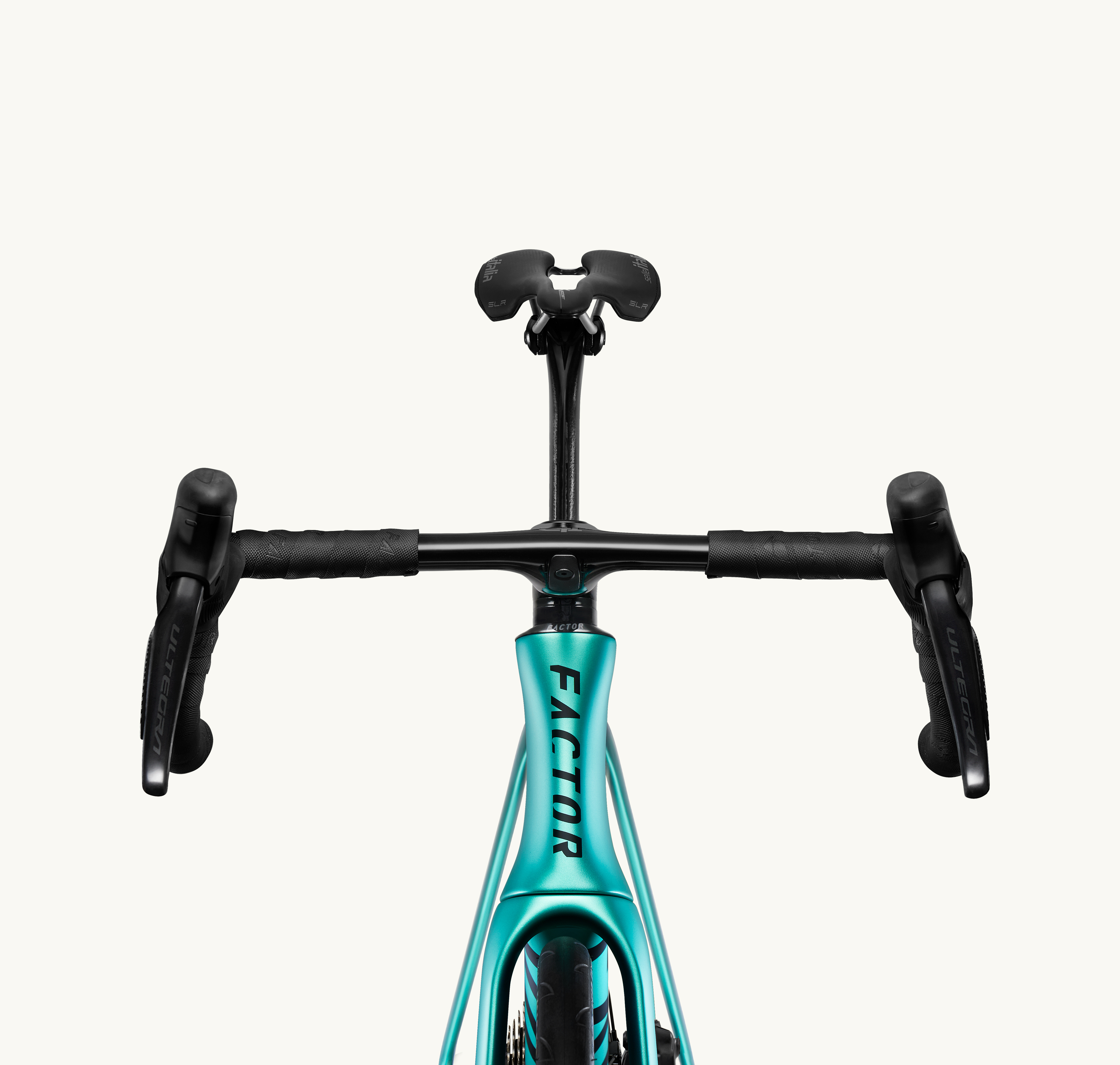 Factor launches it’s new Monza: a cheaper more practical bike, designed to fit more racers
Factor launches it’s new Monza: a cheaper more practical bike, designed to fit more racersFactor's new Monza, promises more bang for buck, for more people, without losing the character that makes the OSTRO VAM one of the highest performance bikes on the World Tour
By Luke Friend
-
 'It took everything' - Puck Pieterse outclimbs Demi Vollering to win La Flèche Wallonne
'It took everything' - Puck Pieterse outclimbs Demi Vollering to win La Flèche WallonneDutch 22-year-old shows Classics pedigree with first one-day victory
By Tom Davidson
-
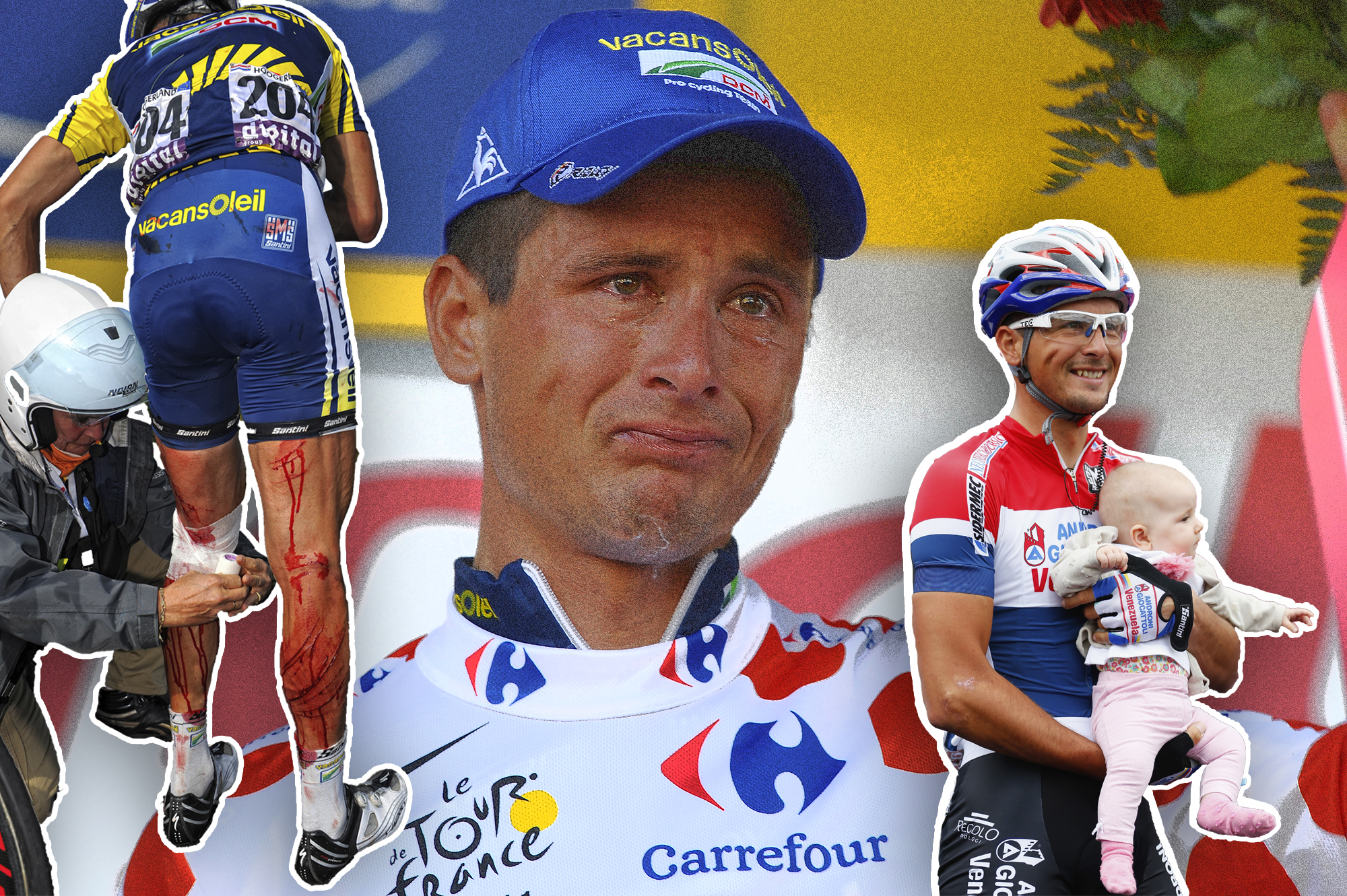 What happened to Johnny Hoogerland?
What happened to Johnny Hoogerland?A career defined by a collision with a TV car at the 2011 Tour de France, we tracked down the Dutch rider to find out how the next 10 years unfolded
By Jonny Long
-
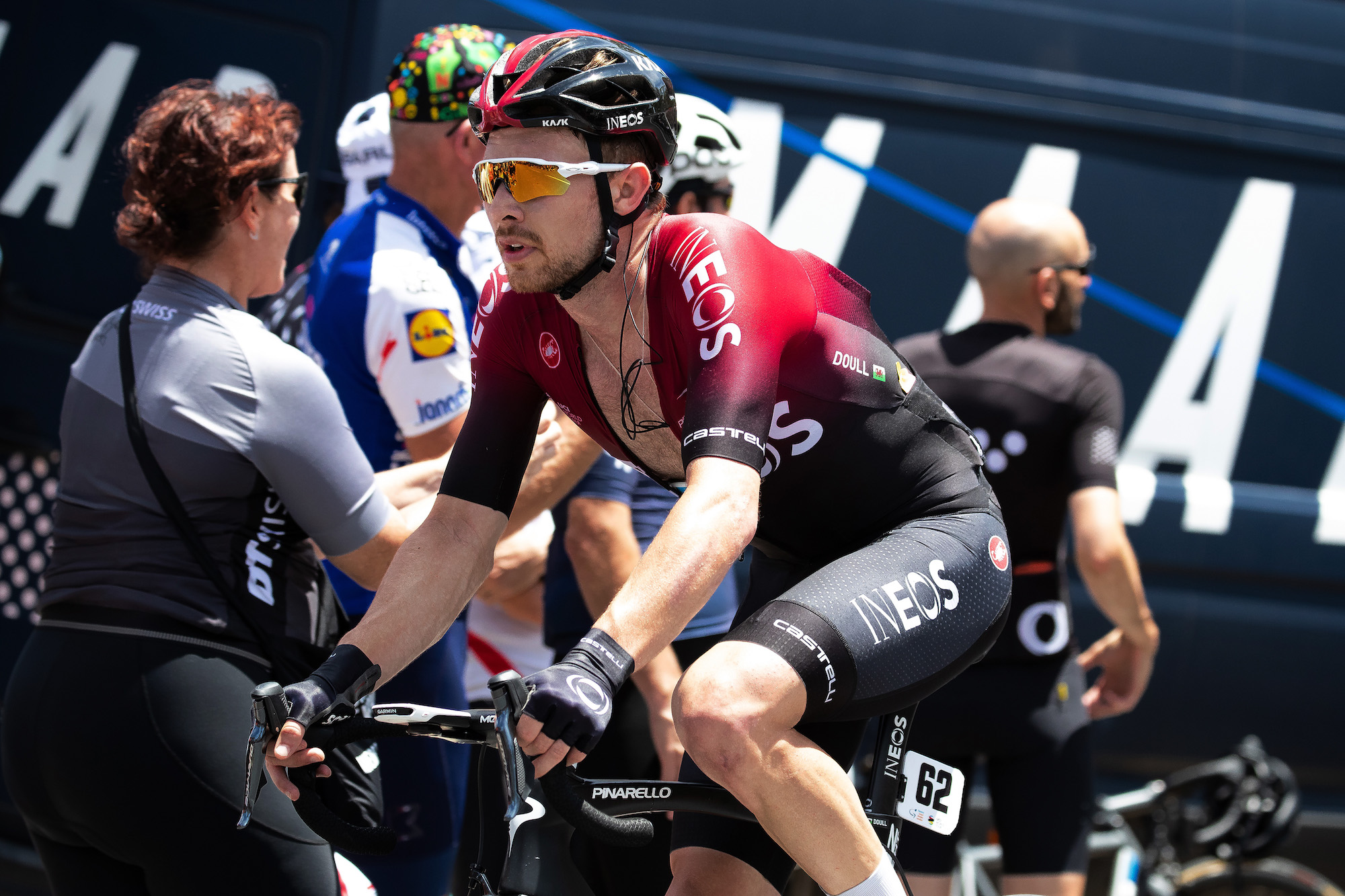 'The domestiques on our team are unsung heroes': Owain Doull Q&A
'The domestiques on our team are unsung heroes': Owain Doull Q&AThe Olympian and Team Ineos man on his Maindy roots, staying motivated and passion for coffee
By David Bradford
-
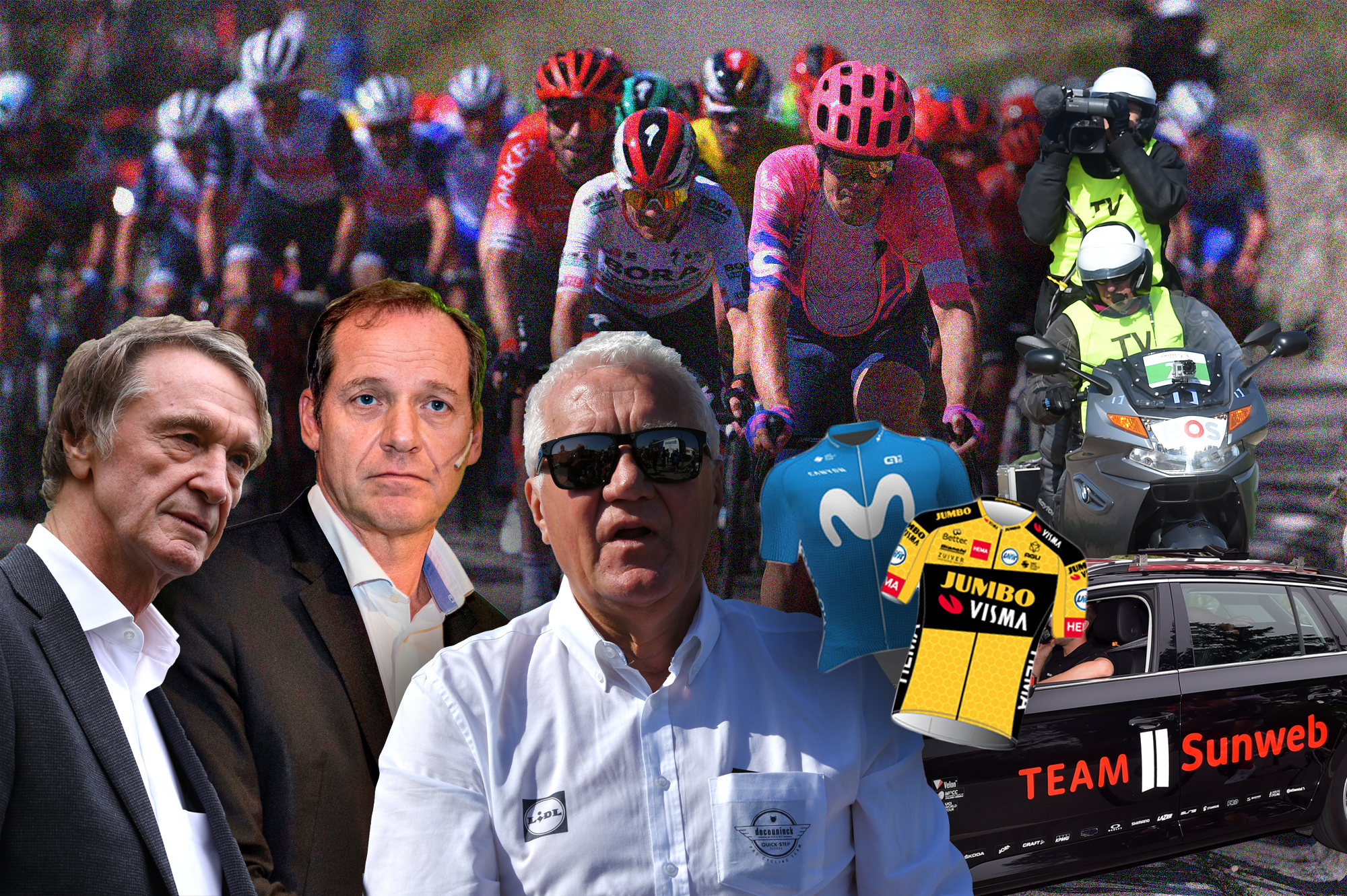 What will happen to pro cycling? Exploring the economic landscape after coronavirus
What will happen to pro cycling? Exploring the economic landscape after coronavirusFrom the fate of various WorldTour teams to whether a behind-closed-doors Tour de France actually solves anything
By Jonny Long
-
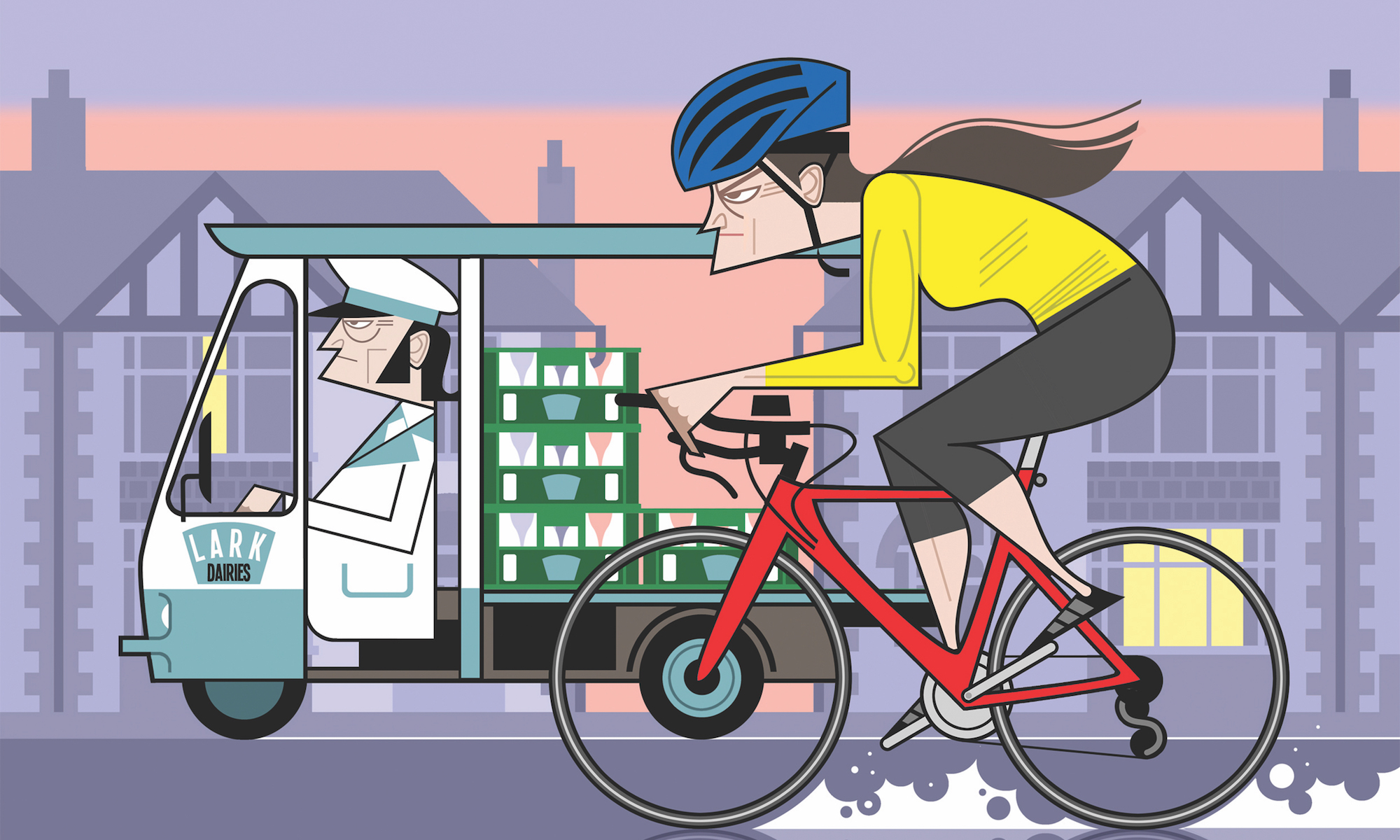 Is there a best time to train? A sports scientist investigates
Is there a best time to train? A sports scientist investigatesMost of us ride our bikes whenever we get chance, but is there a best time of day when you’ll unlock the most potential and make maximum gains? Sports scientist Dr Mark Homer investigates
By Cycling Weekly
-
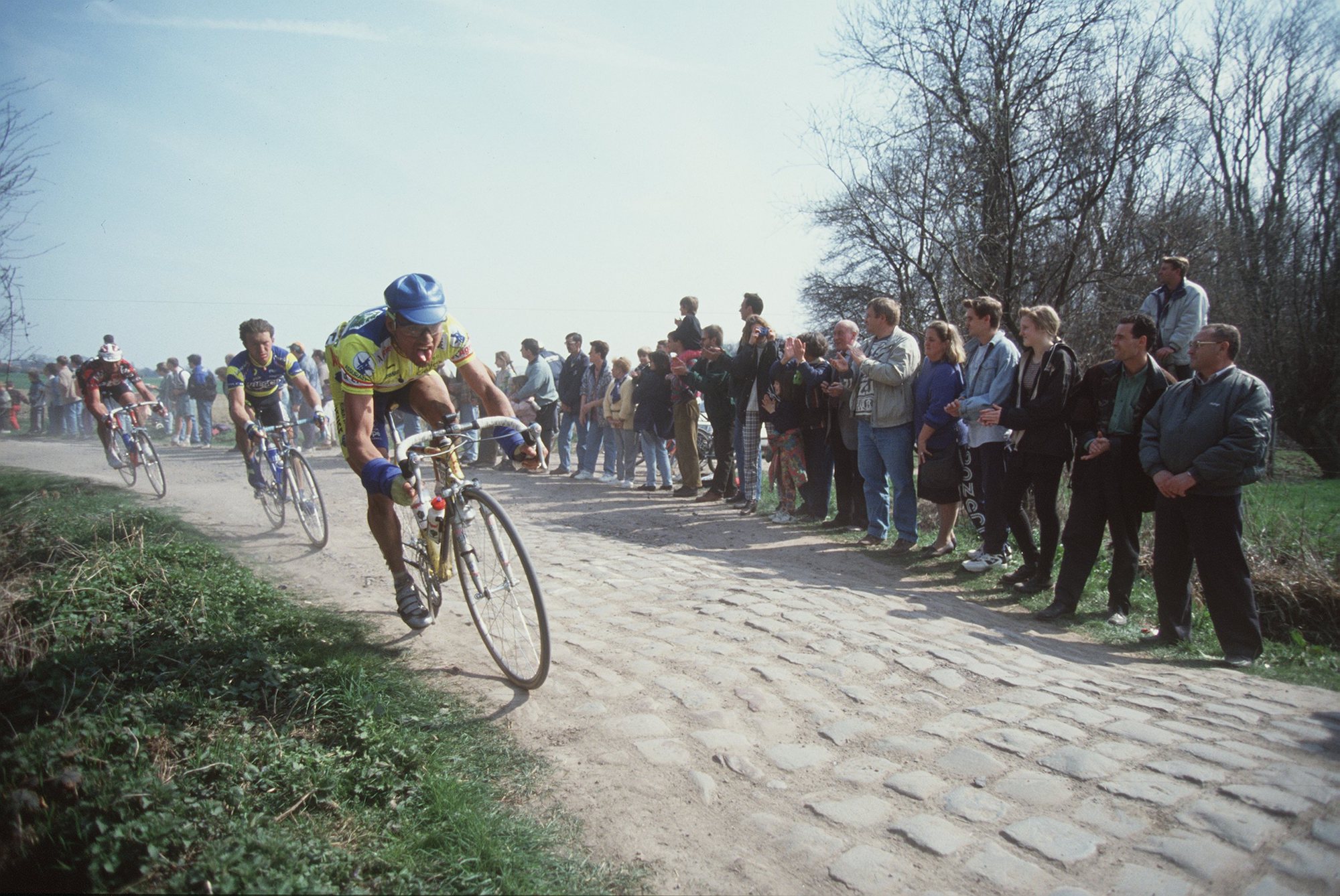 Forging legends: Here are the 10 best Classics of all-time
Forging legends: Here are the 10 best Classics of all-timeDo you agree?
By Cycling Weekly
-
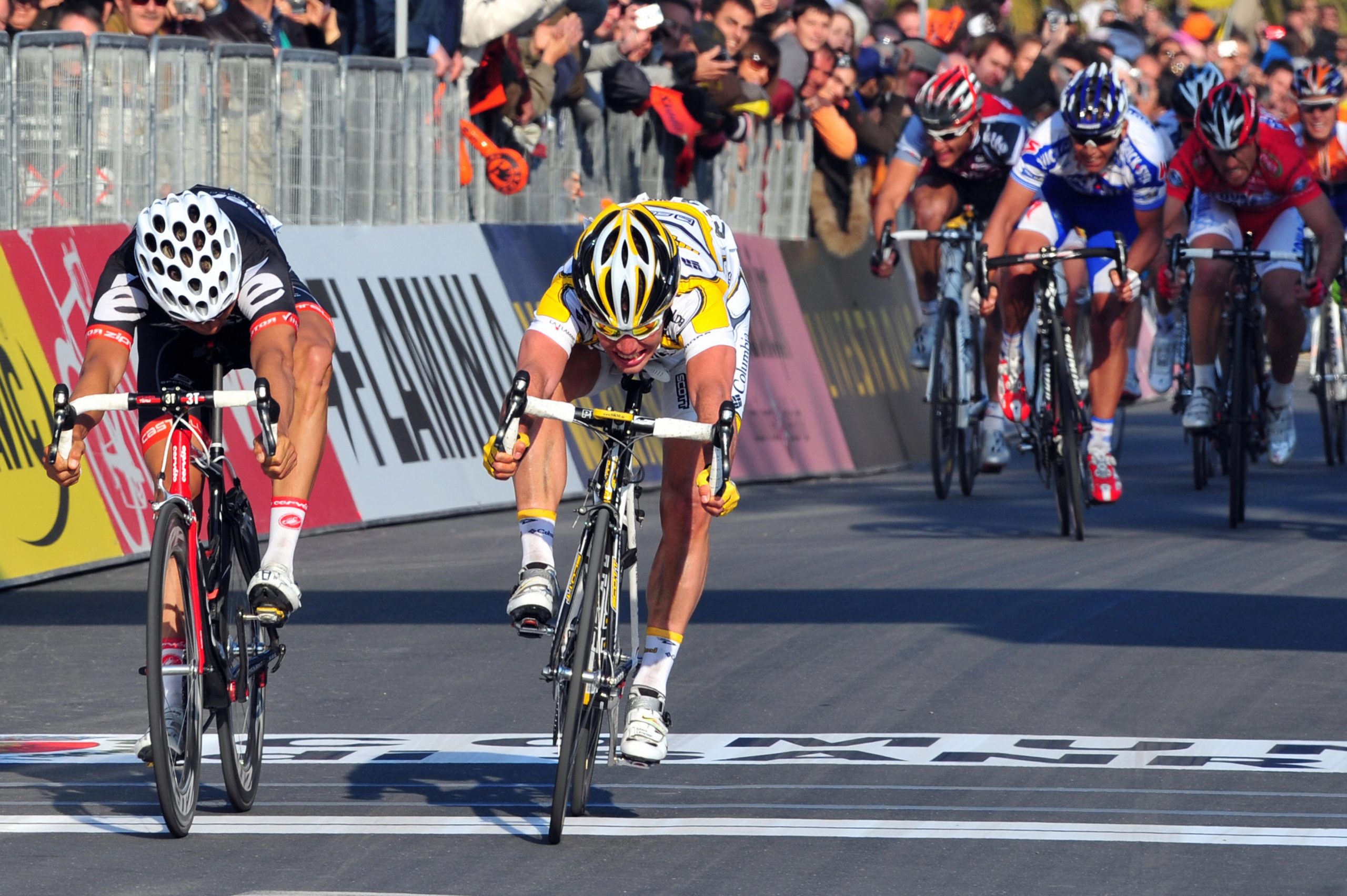 Five of the all-time best Classics rides by Brits
Five of the all-time best Classics rides by BritsFrom Tom Simpson to Lizzie Deignan
By Cycling Weekly
-
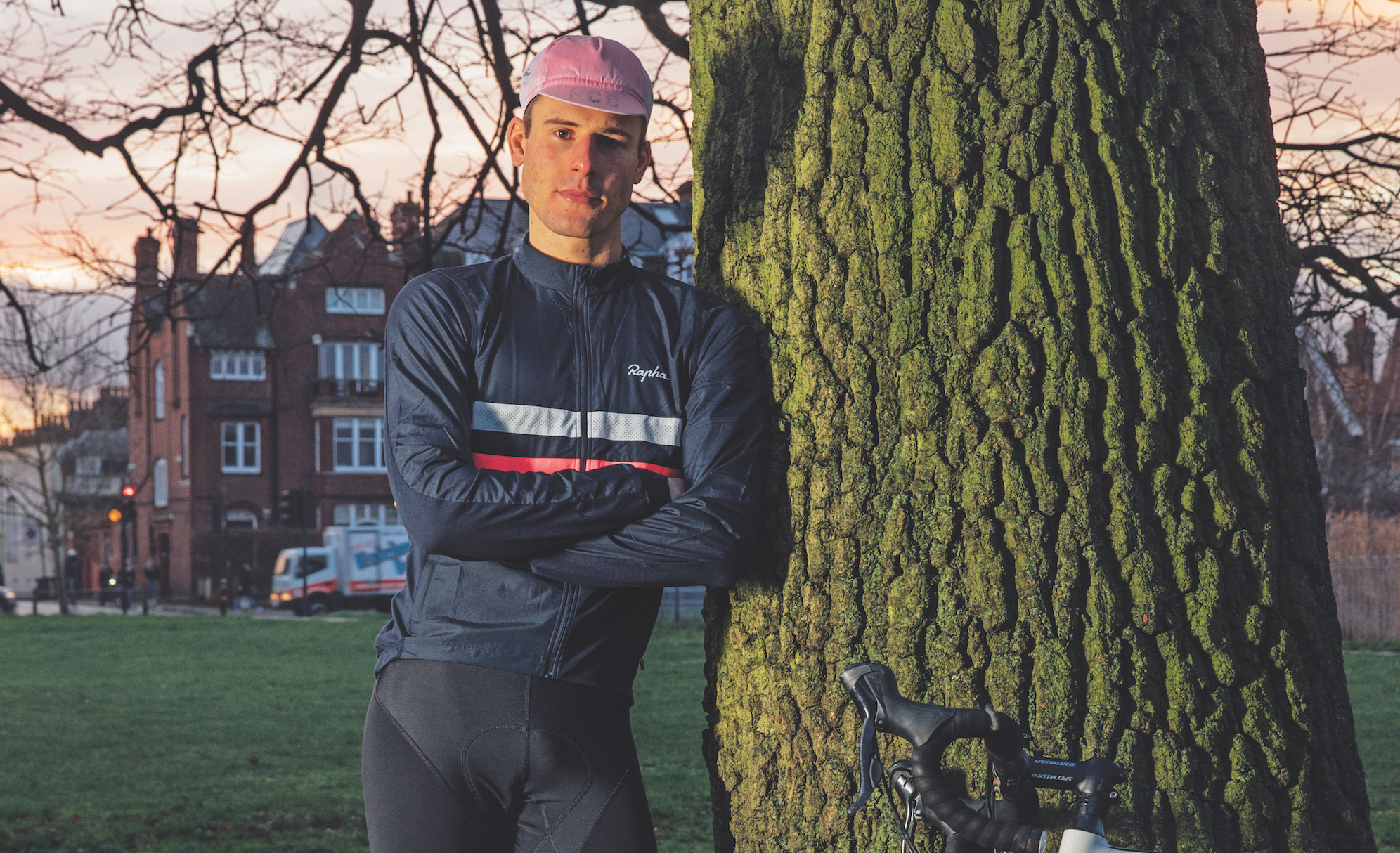 Sweet success: How I won Red Bull Timelaps as a diabetic rider
Sweet success: How I won Red Bull Timelaps as a diabetic riderType-1 diabetic George Kirkpatrick is on a mission to prove that compromised blood sugar control is no barrier to success — however long the race
By David Bradford
-
 'I was going hard while Geraint was sitting up chatting': Five types of riders to help you succeed
'I was going hard while Geraint was sitting up chatting': Five types of riders to help you succeedThere’s no mightier influence on your fitness than fellow cyclists — friends and foes. Sports psychologist Dr Josephine Perry identifies five archetypal riders who could prove pivotal to your progress
By Josephine Perry